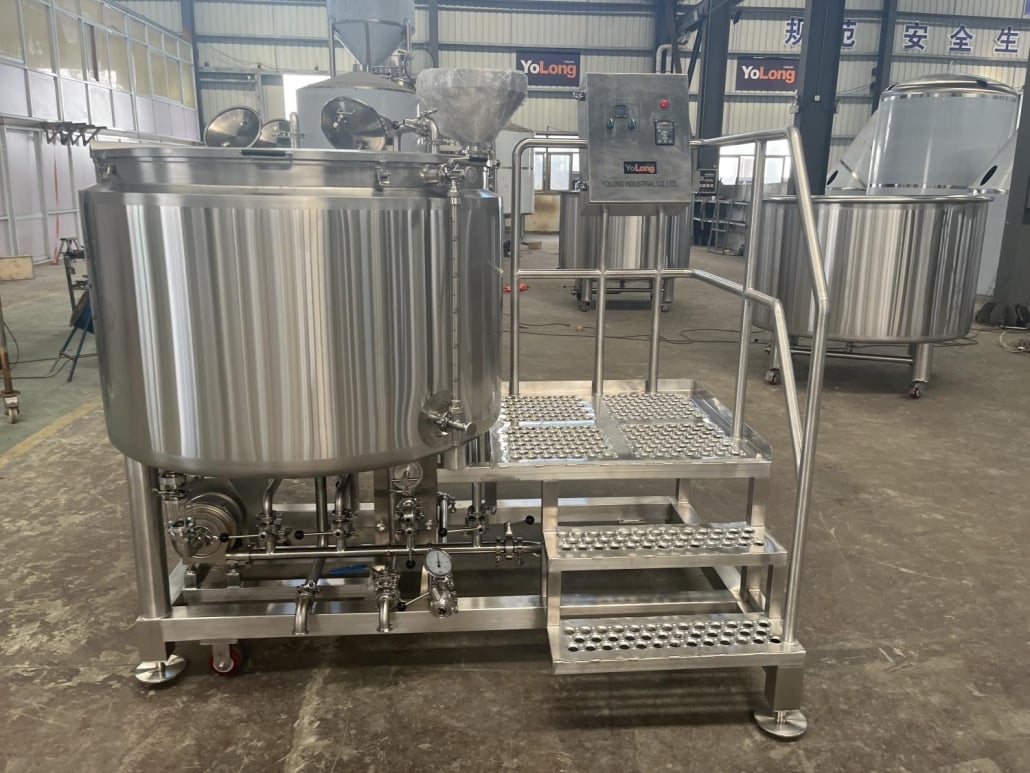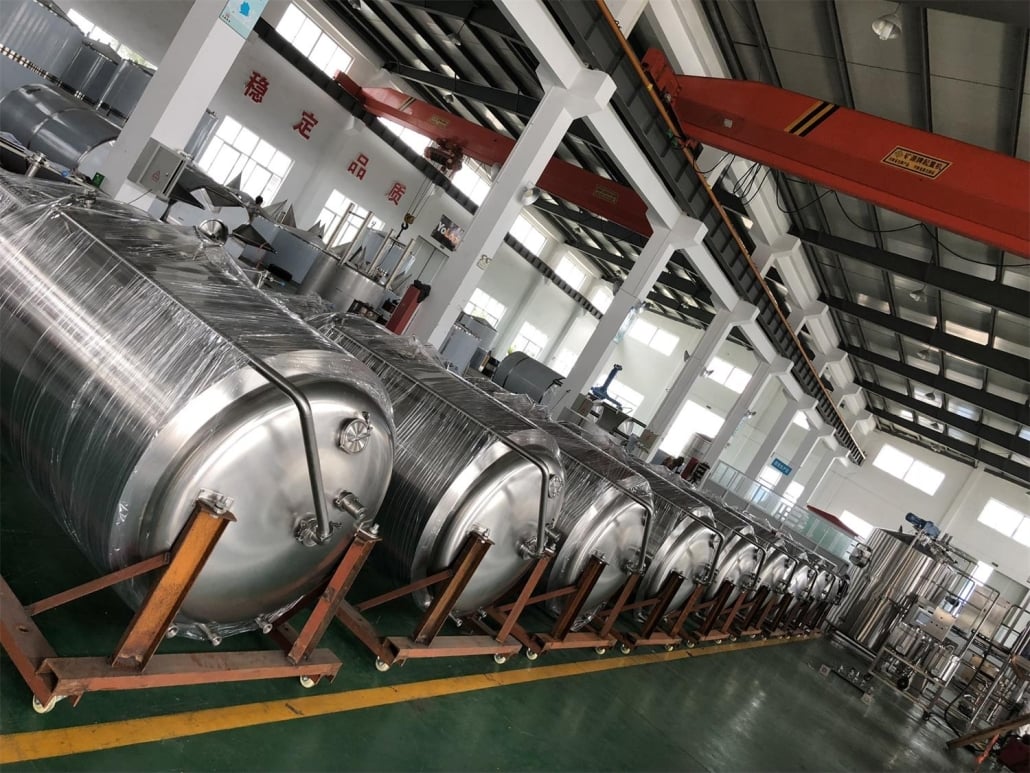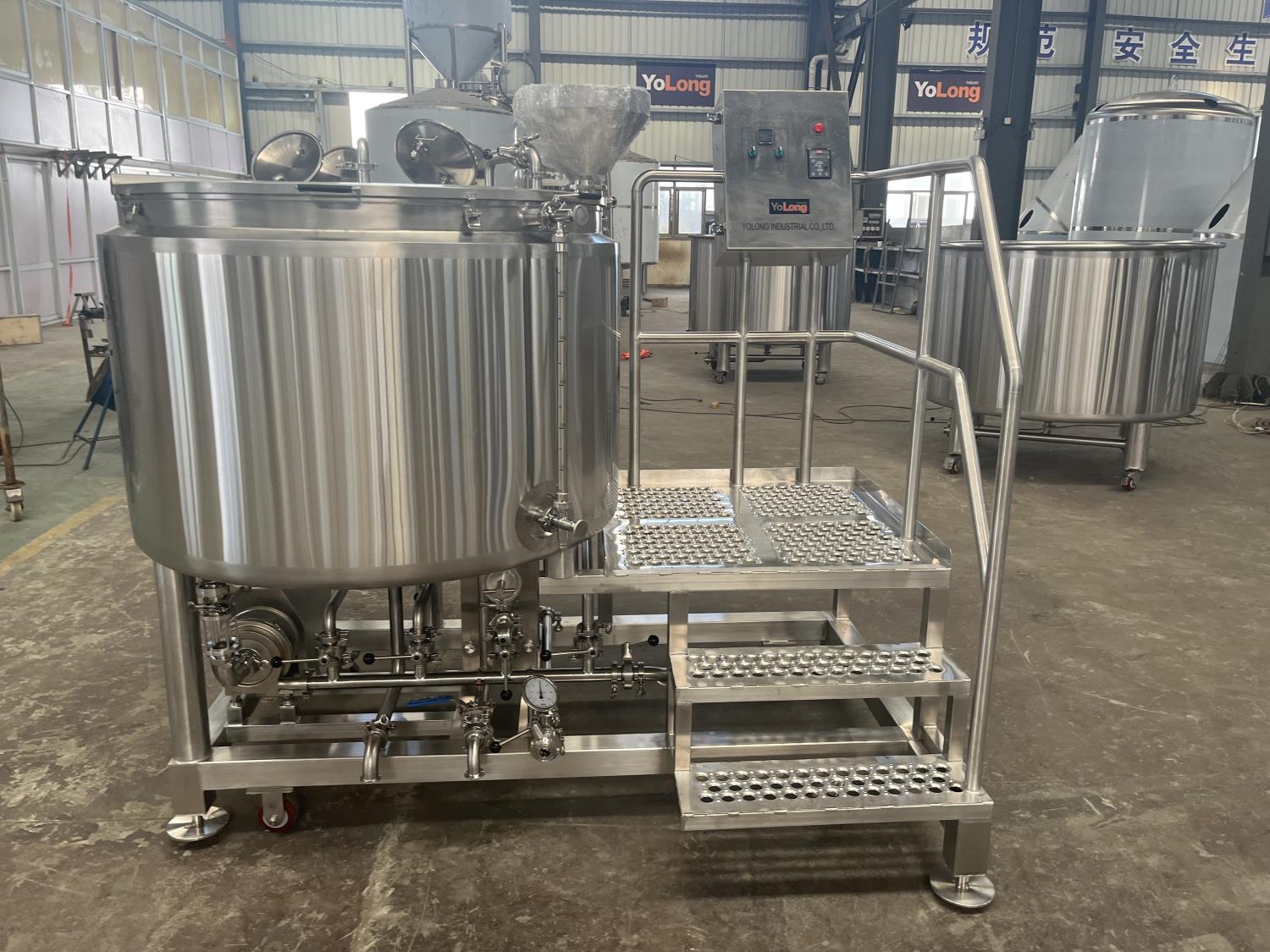Microbrewery Setup
Setting up a microbrewery can be a dream project for many beer enthusiasts. This guide provides a thorough understanding of the microbrewery setup, from equipment selection to the brewing process, layout design, supplier comparisons, and more. Let’s dive in!
Overview of Microbrewery Setup
A microbrewery is a small-scale brewery with a limited production capacity, typically producing craft beer. The setup involves selecting the right equipment, designing an efficient layout, sourcing ingredients, and understanding the brewing process. This guide aims to cover all these aspects to help you make informed decisions and set up a successful microbrewery.
Equipment Guide for Microbrewery Setup
Brewing Equipment Types
Setting up a microbrewery involves investing in several key pieces of equipment. Each piece has its specific function in the brewing process. Here’s a detailed look at the essential equipment:
- Mash Tun: This vessel is where the mashing process occurs, converting starches in the grains into fermentable sugars.
- Lauter Tun: Used for separating the wort (liquid) from the grain husks.
- Boil Kettle: Where the wort is boiled and hops are added for bitterness, flavor, and aroma.
- Fermenters: Vessels where the wort is fermented into beer by yeast.
- Bright Tanks: Used for maturing, clarifying, and carbonating the beer before packaging.
- Cooling System: Essential for maintaining the right temperatures during fermentation.
- Kegs and Bottling Equipment: For packaging the beer.
Detailed Equipment Table
| Equipment | Description | Price Range | Suppliers |
|---|---|---|---|
| Mash Tun | Vessel for converting starches to fermentable sugars. | $5,000 – $15,000 | BrewTech, SS Brewtech, Blichmann |
| Lauter Tun | Separates wort from grain husks. | $6,000 – $16,000 | Stout Tanks, Quality Tank Solutions |
| Boil Kettle | Boils wort and adds hops. | $8,000 – $20,000 | BrewMagic, Premier Stainless Systems |
| Fermenters | Vessels for fermenting wort into beer. | $10,000 – $30,000 | American Beer Equipment, JVNW |
| Bright Tanks | Matures, clarifies, and carbonates beer. | $7,000 – $18,000 | Glacier Tanks, Paul Mueller Company |
| Cooling System | Maintains fermentation temperatures. | $3,000 – $10,000 | G&D Chillers, Pro Refrigeration Inc. |
| Packaging | Equipment for kegging and bottling beer. | $5,000 – $20,000 | FlexKeg, Cask Global Canning Solutions |

The Brewing Process
Brewing beer is a fascinating process that combines science and art. Here’s a detailed look at each step involved:
Step-by-Step Brewing Process
- Mashing:
- This involves mixing milled grains with hot water in the mash tun.
- The heat activates enzymes in the grains to convert starches into fermentable sugars.
- This step typically takes about 1 to 2 hours.
- Lautering:
- The mash is transferred to the lauter tun, where the liquid wort is separated from the spent grain.
- The wort is then rinsed with hot water to extract as much fermentable sugar as possible.
- This step ensures maximum efficiency and flavor extraction.
- Boiling:
- The wort is boiled in the boil kettle, usually for about an hour.
- Hops are added at various stages to impart bitterness, flavor, and aroma.
- This step also sterilizes the wort.
- Fermentation:
- The boiled wort is cooled and transferred to fermenters.
- Yeast is added, and fermentation begins, typically lasting 1 to 2 weeks.
- During this time, the yeast converts the sugars in the wort into alcohol and CO2.
- Conditioning:
- The beer is transferred to bright tanks for maturation.
- It is clarified, carbonated, and aged to develop its final flavor.
- This can take anywhere from a few days to several weeks.
- Packaging:
- The finished beer is packaged in kegs or bottles.
- It is then ready for distribution and consumption.
Brewing Process Table
| Step | Description | Duration |
|---|---|---|
| Mashing | Mixing grains with hot water to convert starches to sugars. | 1-2 hours |
| Lautering | Separating wort from grain husks and rinsing with hot water. | 1-2 hours |
| Boiling | Boiling wort and adding hops for bitterness, flavor, and aroma. | 1 hour |
| Fermentation | Yeast converts sugars to alcohol and CO2. | 1-2 weeks |
| Conditioning | Maturing, clarifying, and carbonating the beer. | A few days to weeks |
| Packaging | Kegging or bottling the finished beer. | A few hours |
Designing Your Microbrewery Layout
Creating an efficient and functional layout is crucial for the success of your microbrewery. Considerations include space requirements, workflow efficiency, and equipment placement.
Layout and Design Considerations
- Space Requirements:
- A typical microbrewery requires 500 to 5,000 square feet, depending on the production capacity.
- Ensure there is adequate space for brewing, fermentation, storage, and packaging.
- Workflow Efficiency:
- Design the layout to minimize the movement of materials and personnel.
- Position equipment in a logical sequence according to the brewing process.
- Equipment Placement:
- Ensure easy access to all equipment for operation, maintenance, and cleaning.
- Plan for future expansion by leaving room for additional equipment.
Layout and Design Table
| Aspect | Considerations | Recommended Space |
|---|---|---|
| Space Requirements | Depends on production capacity; typically 500-5,000 sq. ft. | 500-5,000 sq. ft. |
| Workflow Efficiency | Minimize movement of materials and personnel. | N/A |
| Equipment Placement | Easy access for operation, maintenance, and cleaning. | Leave room for expansion |
Choosing the Right Suppliers
Selecting the right suppliers for your equipment and ingredients is essential for quality and consistency.
| Supplier | Equipment/Ingredients Supplied | Price Range |
|---|---|---|
| BrewTech | Mash tuns, boil kettles, fermenters | $5,000 – $20,000 |
| SS Brewtech | Lauter tuns, fermenters | $6,000 – $18,000 |
| Blichmann | Boil kettles, fermenters | $8,000 – $25,000 |
| American Beer Equipment | Fermenters, bright tanks | $10,000 – $30,000 |
| Glacier Tanks | Bright tanks, fermenters | $7,000 – $20,000 |
| G&D Chillers | Cooling systems | $3,000 – $10,000 |
| FlexKeg | Kegs and bottling equipment | $5,000 – $15,000 |
Installation, Operation, and Maintenance
Proper installation, operation, and maintenance are critical for the longevity and efficiency of your brewery equipment.
| Aspect | Considerations | Recommendations |
|---|---|---|
| Installation | Professional installation ensures safety and efficiency. | Hire experienced professionals. |
| Operation | Follow manufacturer guidelines for optimal performance. | Train staff thoroughly. |
| Maintenance | Regular maintenance prevents breakdowns and extends equipment life. | Schedule regular inspections. |
How to Choose the Right Supplier
Choosing the right supplier involves evaluating several factors, including quality, reliability, customer service, and price.
Factors to Consider When Choosing a Supplier
- Quality:
- Assess the quality of the equipment and ingredients.
- Look for reviews and testimonials from other brewers.
- Reliability:
- Ensure the supplier has a good track record of timely deliveries.
- Check their reputation in the industry.
- Customer Service:
- Good customer service is crucial for resolving any issues quickly.
- Consider their responsiveness and support options.
- Price:
- Compare prices among different suppliers.
- Ensure you get the best value for your money.
Choosing Supplier Table
| Factor | Considerations | Recommendations |
|---|---|---|
| Quality | Assess quality through reviews and testimonials. | Opt for high-quality, durable equipment. |
| Reliability | Track record of timely deliveries and industry reputation. | Choose suppliers with proven reliability. |
| Customer Service | Responsiveness and support options. | Select suppliers with excellent customer service. |
| Price | Compare prices to ensure value for money. | Balance cost with quality and reliability. |
Advantages and Disadvantages of a Microbrewery Setup
Setting up a microbrewery has its pros and cons. Here’s a detailed comparison to help you weigh
your options.
| Aspect | Advantages | Disadvantages |
|---|---|---|
| Cost | Initial setup can be cost-effective compared to large breweries. | High initial investment for quality equipment. |
| Control | Greater control over the brewing process and recipes. | Requires significant time and effort to manage. |
| Flexibility | Ability to experiment with different beer styles. | Smaller batch sizes may limit scalability. |
| Community Engagement | Strong local market presence and customer loyalty. | Intense competition in the craft beer market. |

FAQ
| Question | Answer |
|---|---|
| What is the typical cost to set up a microbrewery? | The cost can range from $100,000 to $1 million, depending on the size, equipment quality, and location. |
| How long does it take to set up a microbrewery? | It typically takes 6 to 12 months to set up a microbrewery, including planning, equipment installation, and licensing. |
| What licenses are required to start a microbrewery? | You will need federal, state, and local licenses, including a brewer’s notice from the TTB and various health and safety permits. |
| How much space is needed for a microbrewery? | A microbrewery generally requires between 500 to 5,000 square feet, depending on production capacity and layout. |
| Can I expand my microbrewery in the future? | Yes, designing your layout with expansion in mind and choosing scalable equipment can facilitate future growth. |
| What are the key ingredients for brewing beer? | The primary ingredients are water, malted barley, hops, and yeast. |
| How can I ensure the quality of my beer? | Consistent quality can be maintained through meticulous brewing practices, regular equipment maintenance, and quality control measures. |
| What are the main challenges of running a microbrewery? | Common challenges include managing production costs, maintaining consistent quality, handling regulatory compliance, and competing in a crowded market. |
Conclusion
Setting up a microbrewery is a complex yet rewarding endeavor. It requires careful planning, substantial investment, and a passion for brewing quality beer. By understanding the equipment needs, brewing process, layout design, and supplier selection, you can build a successful microbrewery that produces exceptional craft beer. Remember, the key to success lies in attention to detail, dedication to quality, and a strong connection with your local community.
Embark on your microbrewery journey with confidence, armed with the knowledge and insights from this comprehensive guide. Cheers to your brewing success!
Share this entry
Interested in learning more about Brewing Systems including additional details and pricing information? Please use the form below to contact us!
YOLONG BREWERY EQUIPMENT FAQS
- Commercial Brewery / Craft Brewery / Microbrewery / Nanobrewery
- What is The Difference Between Craft Beer and Industrial Beer?
- The Bespoke Differences In Custom Brewing Systems
- Everything You Need to Know About Kettle Souring
- How to Choose Brewing Equipment for Your business?
- How To Choose The-Best Partner To Build Your Commercial Microbrewing System?
- Two Detection Sensors That You Need To Use In Your Brewhouse System
- Remote Control Applications in Brewing Equipment/How does it work?
- How To Clean Your Brand New Brewery Tanks?

